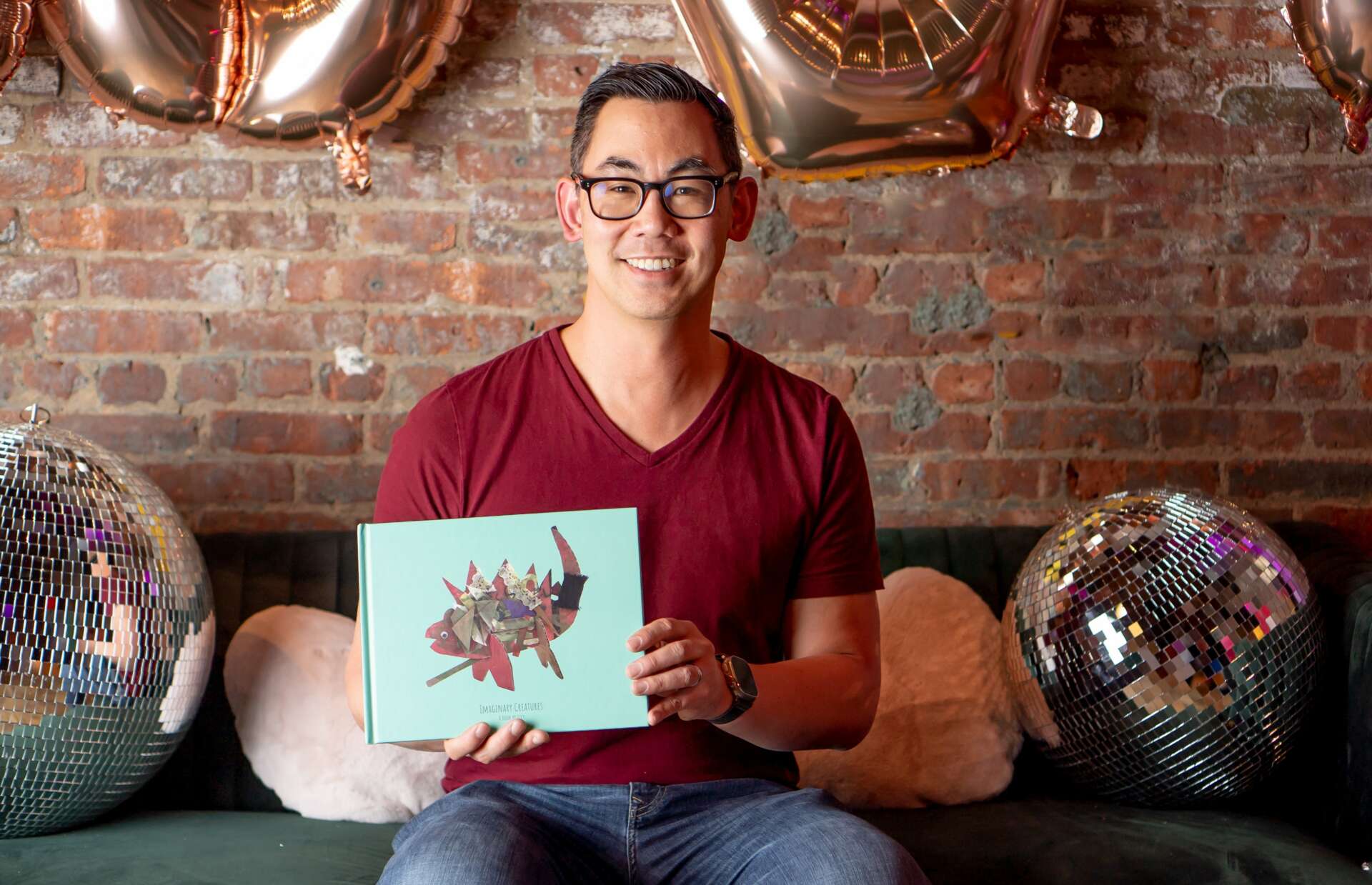We were lucky to catch up with Steve Au recently and have shared our conversation below.
Steve, looking forward to hearing all of your stories today. What was it like going from idea to execution? Can you share some of the backstory and some of the major steps or milestones?
The journey from idea to execution was filled with learning and adapting. Starting Scribble Art required leveraging new technology, validating the market, getting hands-on with development, and navigating the complexities of marketing and customer engagement. Each step brought new insights and helped shape Scribble Art into the fledgling brand it is today, dedicated to celebrating and preserving children’s creativity in a meaningful way. Here’s a closer look at the key steps and lessons learned along the way:
1, Timing:
The advancements in AI and computer vision were progressing, becoming accessible and cost-effective. This presented a unique opportunity to leverage these technologies in a new and creative way. At the same time, my kids were in the sweet spot of being hands-on creative, constantly producing a flood of artwork. This made it a compelling time to find a solution to a personal parent problem—what to do with all their creative output.
2. Identifying the Market Gap:
I noticed that while many businesses were creating photo books, none were focused specifically on kids’ art, and the ones that were available were often expensive and time-consuming because they did all the work manually. As a parent, I was in search of a solution that met my criteria for cost and effort to get the result I wanted. This gap in the market sparked the initial idea for Scribble Art. Being able to “dogfood” my offering—using it myself—was incredibly helpful in refining the product to meet real parental needs.
3. Paper Prototype:
To validate the idea, I created a “paper prototype”. I asked people to take pictures of their kids’ art, drop them into a Google Drive folder, and then I would manually create a photo book and have it delivered to their doorstep. This initial test helped me understand the feasibility of the concept and gauge customer interest.
4. Getting Hands-On with Code:
It had been a while since I was hands-on with coding and infrastructure, but it was something I missed. Starting with a blank canvas and no technical debt was incredibly exciting. A lot of the processes within Scribble Art are modular. After developing the first set of modules and seeing them work together to transform a smartphone photo of my kids’ art into a cleaned-up book page, I was amazed. It was a gratifying experience to build something from scratch and see it come to life.
5. Brand Awareness:
Once we launched, there were quite a few learnings. Initially, I thought dads would be a significant part of our target audience. However, it quickly became clear that the messaging needed to pivot from “look at how this cool tech makes this cool thing” to understanding the benefits for the household decision-maker, often the “household CEO.” We eventually found a balance, but it was clear that dads weren’t the primary customers we needed to target.
Marketing is not my strong suit and presented a massive learning curve. Counterintuitively, I initially focused on conversions when I should have been building brand awareness first. Ensuring that Scribble Art was targeting and speaking to the right audience was crucial. Understanding and adjusting our messaging was essential to effectively reach our customers and establish long-term relationships.
6. Tools and Platforms:
There are so many tools available today that can help augment what traditionally would require more headcount. Utilizing these tools allowed me to offload solved problems like email, analytics, and customer support, and focus on the core aspects of the business without a large team.
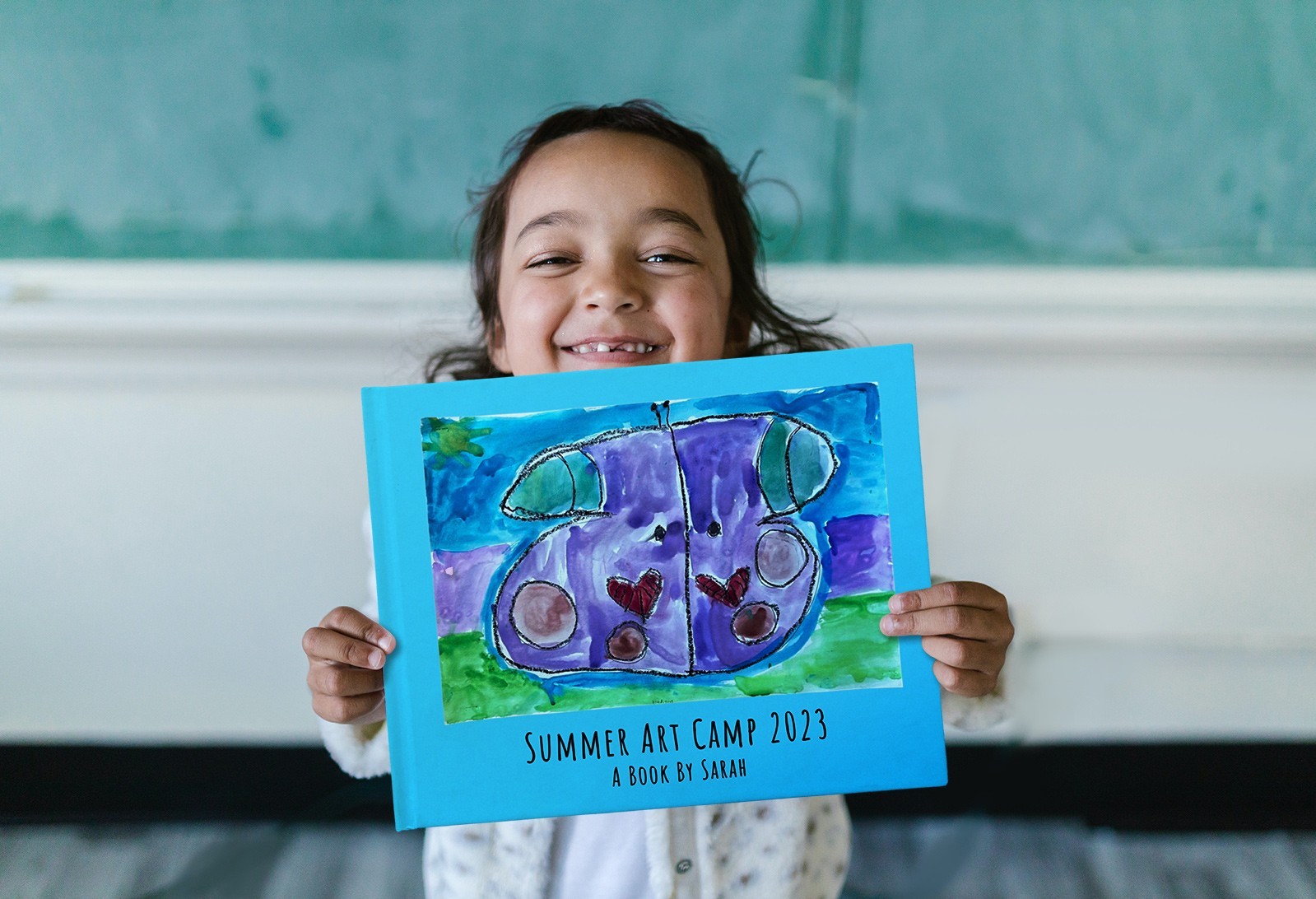
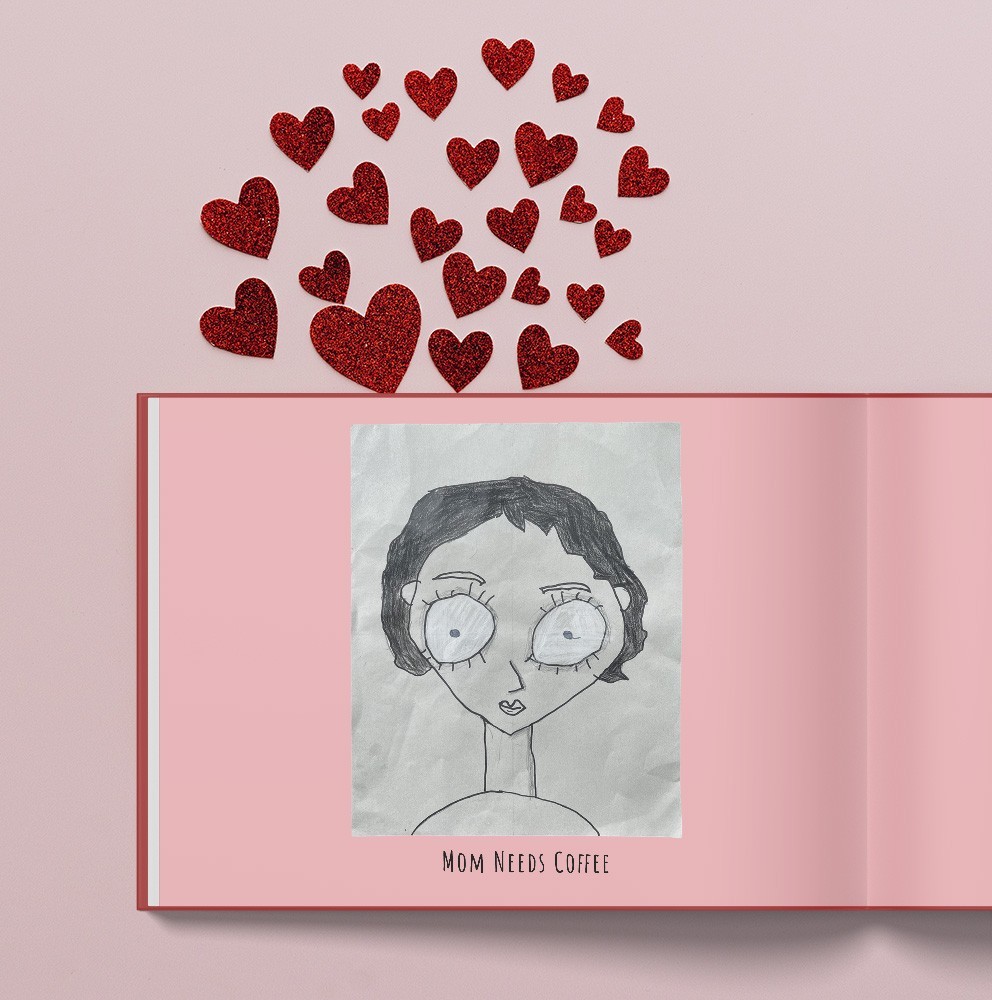
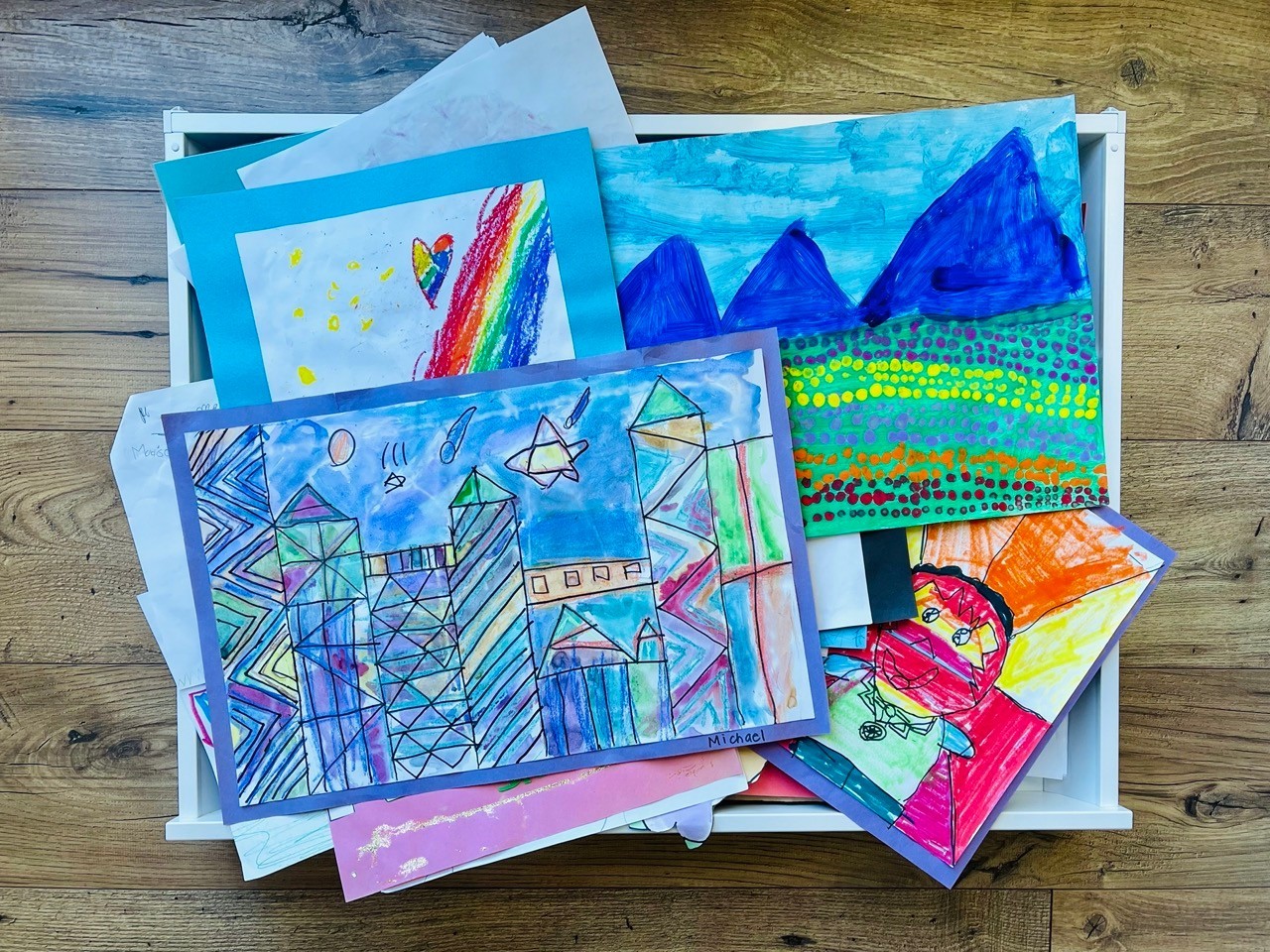
Steve, before we move on to more of these sorts of questions, can you take some time to bring our readers up to speed on you and what you do?
I love the early stages of bringing something to market. The creative process during this phase is incredibly fun and exciting. There’s a unique thrill in taking an idea from concept to reality, navigating the challenges, and finding innovative solutions along the way. Each step, from brainstorming and prototyping to refining and launching, is filled with moments of discovery and creativity.
One of the most fascinating aspects of this journey is overcoming the “blank page” problem. Give a child a blank sheet of paper, and they’ll immediately start drawing, putting down whatever comes to their mind. There’s a sense of freedom and uninhibited creativity in children that many adults seem to lose. When you give an adult a blank sheet, they often think they’re supposed to take notes or ask a lot of questions, but rarely will they freely doodle or express what’s on their mind.
There are countless ways to tackle problems, and part of the challenge is working through a process to identify the most promising solutions. It involves a semi-calculated approach, testing and iterating until you find one that fits. This process is not confined to a single discipline but spans multiple areas, requiring a blend of creativity, technical skill, and strategic thinking. It’s about balancing intuition with analysis, and creativity with practicality, all while managing various aspects of the project simultaneously.
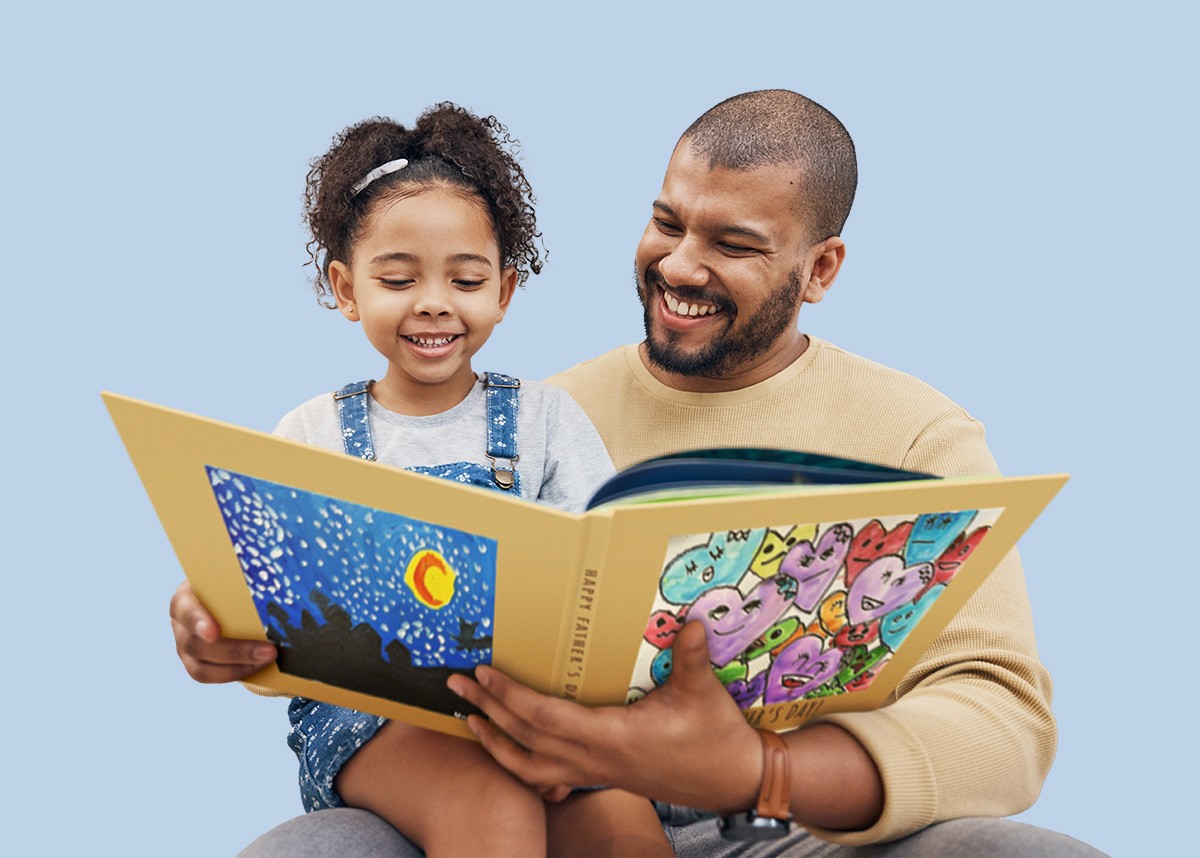
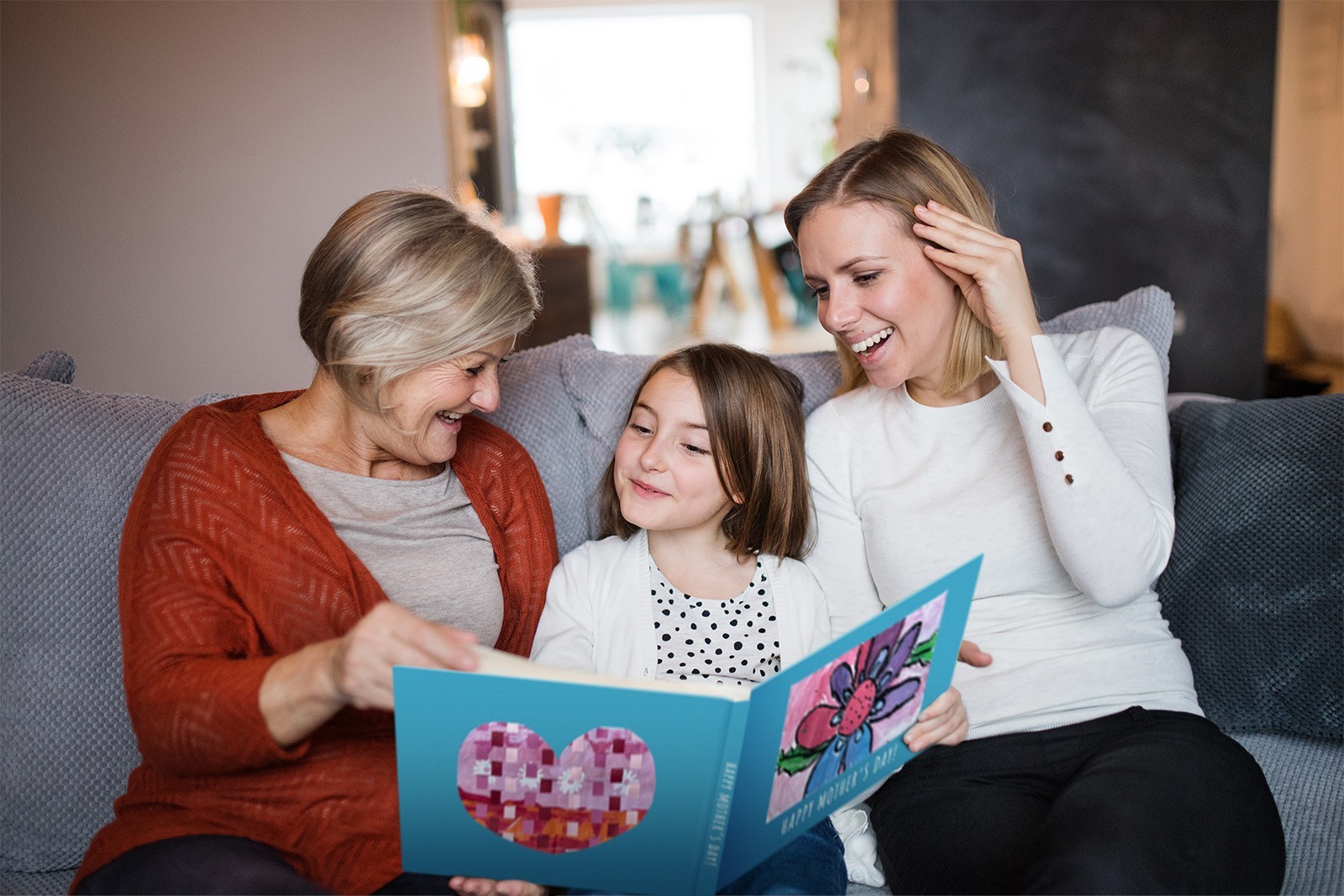
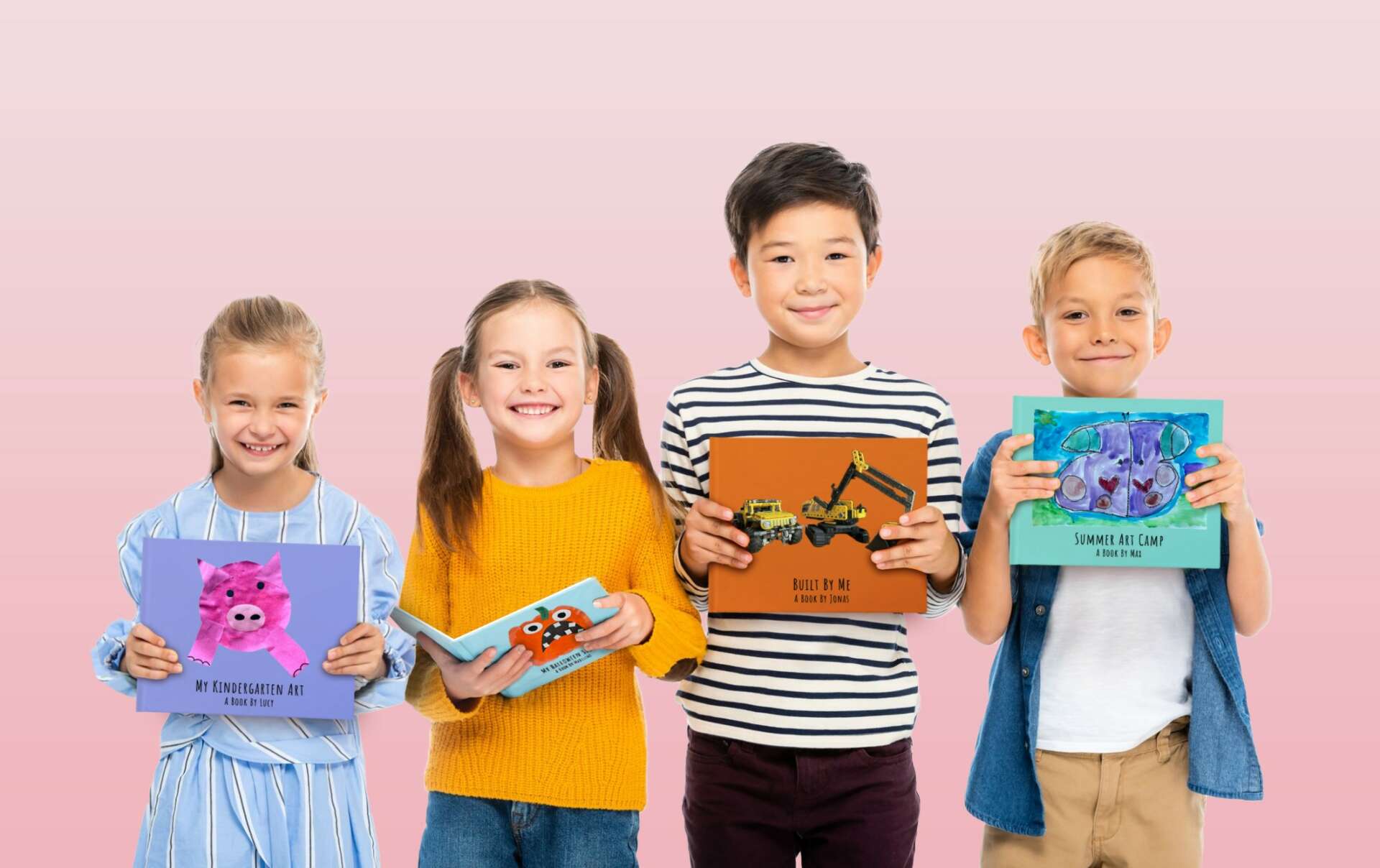
We’d love to hear the story of how you turned a side-hustle into a something much bigger.
My journey with Scribble Art began as a side hustle born out of a unique situation during the COVID lockdown. My two kids (4 and 6 years old then) would ritually pull up their art cart to the dining room table and dispense a chaotically organized assortment of paper, crayons, scissors, and other supplies. They did their best keeping themselves busy while we struggled adapting to WFH and cohabitating with our new ”interns”. Every day they produced a steady stream of fun and whimsical refrigerator pieces of, well, art – and piles of it.
While there were a ton of negatives that came with lockdown, we were fortunate to get an extended front-row seat into our children’s creative mindset. We were able to ask and answer questions as they were creating. We didn’t have to wait for the vague “it was fine” shrug after a busy day and were able to understand how their creativity provided a glimpse into how they were perceiving the world around them – mostly unfiltered, colored outside the lines, and sometimes more communicative than what they said or wrote.
Scribble automates the tedious work of creating photo books by utilizing purpose-built computer vision to ensure a 5-year-old’s backpack-marinated masterpiece looks phenomenal in print. Never worry about taking perfect photos, picking the right layout, and other time consuming design decisions. Like if Canva, a receipt scanner, and Shutterfly combined superpowers for the express purpose of making kids’ art look awesome.
Bootstrapping from the start, I have been a solo founder, rolling up my sleeves and getting deeply involved in every aspect of product development, engineering, and marketing. We recently completed our first year in-market and have learned a great deal about where we can optimize for seasonality and gain insights into how we can improve the product experience. It has been a joy to be in an industry that promotes creativity in our youth, and I look forward to continuing to inspire and support young artists and their families.
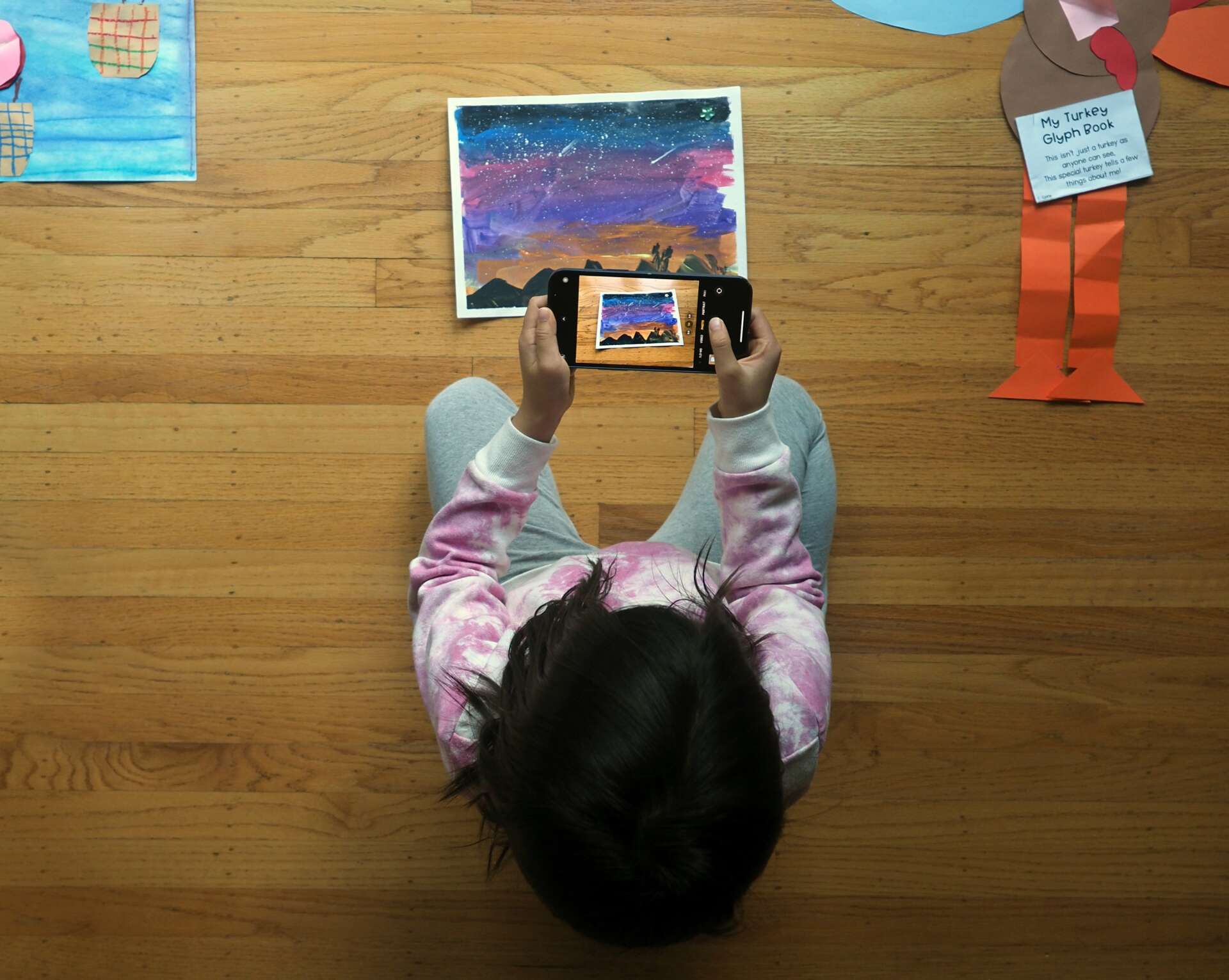
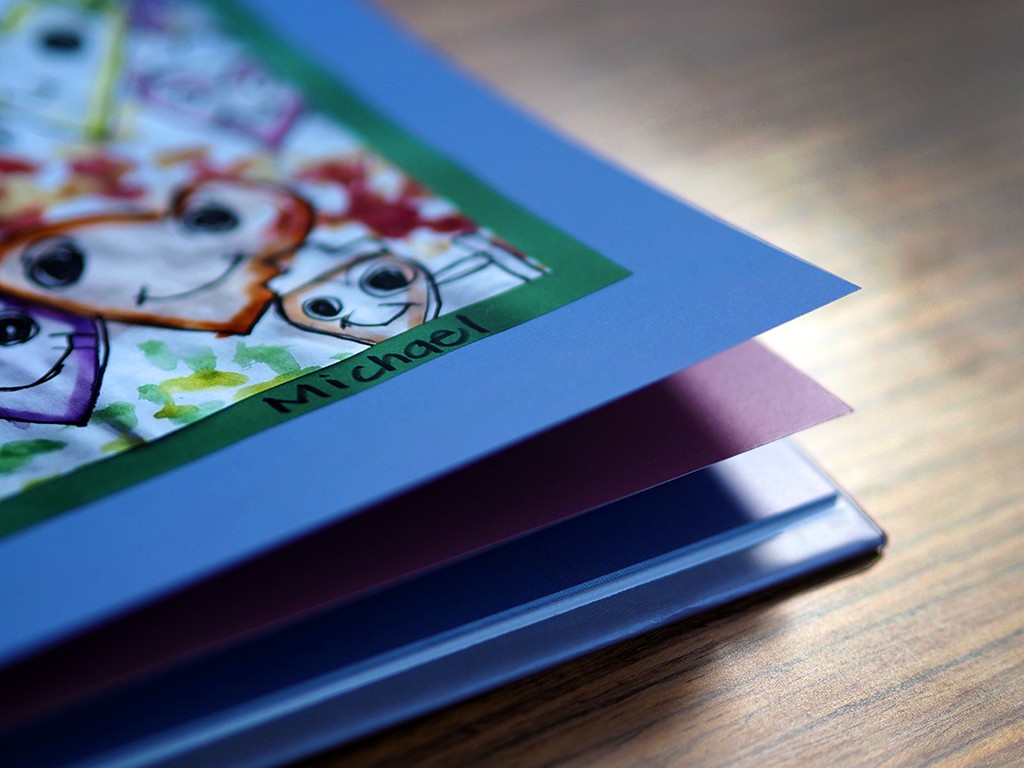
We’d really appreciate if you could talk to us about how you figured out the manufacturing process.
We do not manufacture our products in-house; instead, we partner with a printing vendor. The journey to finding the right printing partner was not without its challenges. Initially, as a technologist, I was drawn to a printing solution with strong technical capabilities, focusing on automating as much of the process as possible to benefit from a robust API infrastructure.
However, we launched just a couple of months before the busy Q4 holiday peak season, and the peak demand caught us off guard. Our production times nearly doubled from our initial service level agreements (SLAs), and the print quality was inconsistent. Additionally, the first printing partner was quite rigid regarding customizations, which limited our ability to influence the physical customer experience of the final product.
Earlier that year, I had met with a national printer local to me who was known for producing exceptionally high-quality products. Despite their impressive quality, they weren’t able to onboard a digital partner during peak season. Nevertheless, their owner offered to produce our books via manual order submission until we got through the Holidays. We tried a series of samples and were blown away by the quality of their books, which led us to scramble to make the switch.
We automated as much of the process as possible and managed to get through December with a cumbersome, but successful first peak season. We ultimately formalized a technical integration with them and have been consistently delivering a high-quality product while enjoying a seamless collaboration ever since. They not only delivered on quality but also helped us optimize and improve our product in a relatively new industry for us.
The key lessons learned from this experience were the importance of flexibility and recognizing that the best solutions are sometimes a little counterintuitive. While technology and automation are crucial in the longterm, the consistency and quality of the product and the reliability of the partner are paramount. If we hadn’t delivered a high-quality product, we likely wouldn’t have survived beyond the Holidays. Building a strong relationship with a vendor who is committed to excellence and open to collaboration can make all the difference.
Contact Info:
- Website: https://scribble.art
- Instagram: https://www.instagram.com/scribble_creativity/
- Facebook: https://www.facebook.com/scribble.creativity/
- Linkedin: https://www.linkedin.com/in/steveau/


